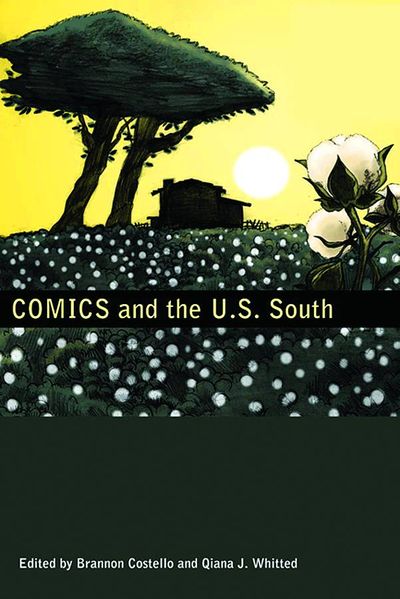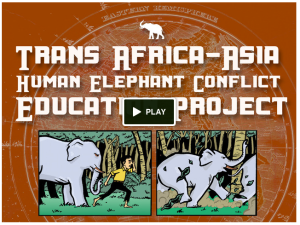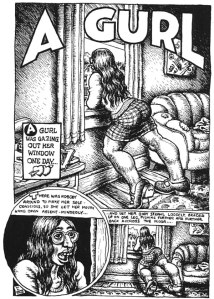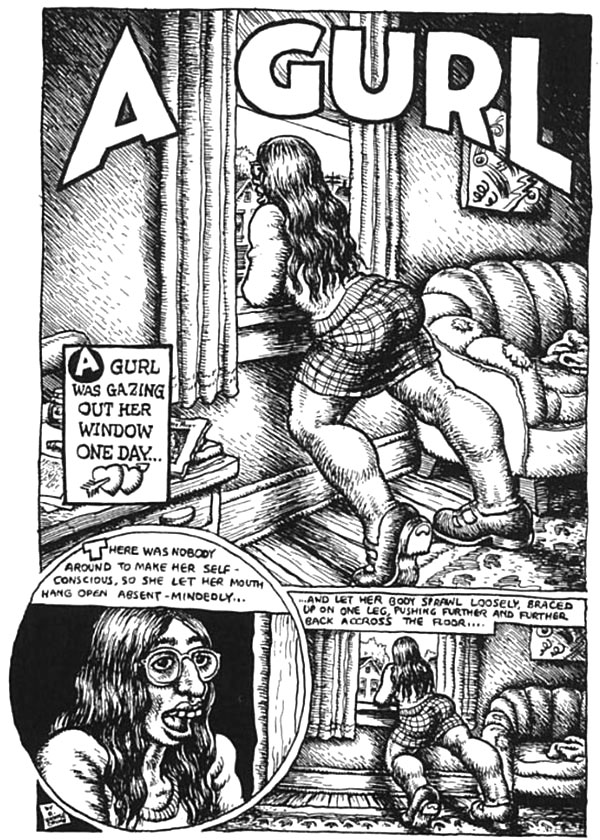[cross-posted from A.D. on Smith]
 I just stumbled upon a long essay about A.D.: New Orleans After the Deluge in the new book Comics and the U.S. South, edited by Brannon Costello and Qiana J. Whitted (University Press of Mississippi, 2012). The essay, “A Re-Vision of the Record: The Demands of Reading Josh Neufeld’s A.D.: New Orleans After the Deluge,” is by Anthony Dyer Hoefer, a professor at George Mason University. And a PDF of the essay is available as a free download right here.
I just stumbled upon a long essay about A.D.: New Orleans After the Deluge in the new book Comics and the U.S. South, edited by Brannon Costello and Qiana J. Whitted (University Press of Mississippi, 2012). The essay, “A Re-Vision of the Record: The Demands of Reading Josh Neufeld’s A.D.: New Orleans After the Deluge,” is by Anthony Dyer Hoefer, a professor at George Mason University. And a PDF of the essay is available as a free download right here.
Leaving aside the fact that I was stunned to see 30 pages of academic writing devoted to A.D., I was excited to see how much Dr. Hoefer gets from the project—particularly its online component, which debuted on Smith Magazine. He focuses on A.D.‘s “pedagogical impulse” and how it uses the comics form to expose the highly mediated way in which we were informed about Hurricane Katrina. In this context, Hoefer quotes the great Scott McCloud from Understanding Comics, “No other artform gives so much to its audience while asking so much from them as well.”
As with many other reviews and discussions of A.D., I learned a lot from Hoefer’s essay: it’s always fascinating to see the things that readers pick up from my work that I didn’t consciously intend to put there—and are really just an accidental result of the never-ending attempt to simply make “good comics.”
Hoefer’s essay is the latest (and greatest) in a number of academic resources related to A.D. that are available online. Since A.D.‘s book publication, it has been used as a common read text for a number of colleges & universities, including the the University of Wisconsin, the University of Alabama, and SUNY Brockport. My wonderful and talented wife Sari Wilson wrote an extensive teacher’s guide to A.D., and there are other online resources, bibliographies, and so on for both high school and college students. Since Hurricane Katrina is clearly a historical event which we will be studying for generations to come, I figured this would be a good opportunity to list all A.D.‘s academic resources in one place:
- Pantheon teacher’s guide—thematic connections, teaching suggestions, discussion activities
- UW-Milwaukee: English 101: Intro to College Writing—Writing and Visual Culture—tips on analyzing A.D. rhetorically
- Graphic Novel Hovel: a Universal Resource for Visual Literature—a high school English teacher analyzes the book’s plot, characters, themes, setting, style, and viewpoint
- Hurricane Katrina bibliography (SUNY Brockport)—extensive supplemental list
- Filtering Catastrophe Through Comics—a presentation I did for the Villa Gillet/N+1 panel “Catastrophe Practice”; with great debt to an essay by University of Chicago PhD candidate Margaret Fink Berman, which helped me organize many of my thoughts
Let me know of other useful links out there!









 St. Edward’s University
St. Edward’s University